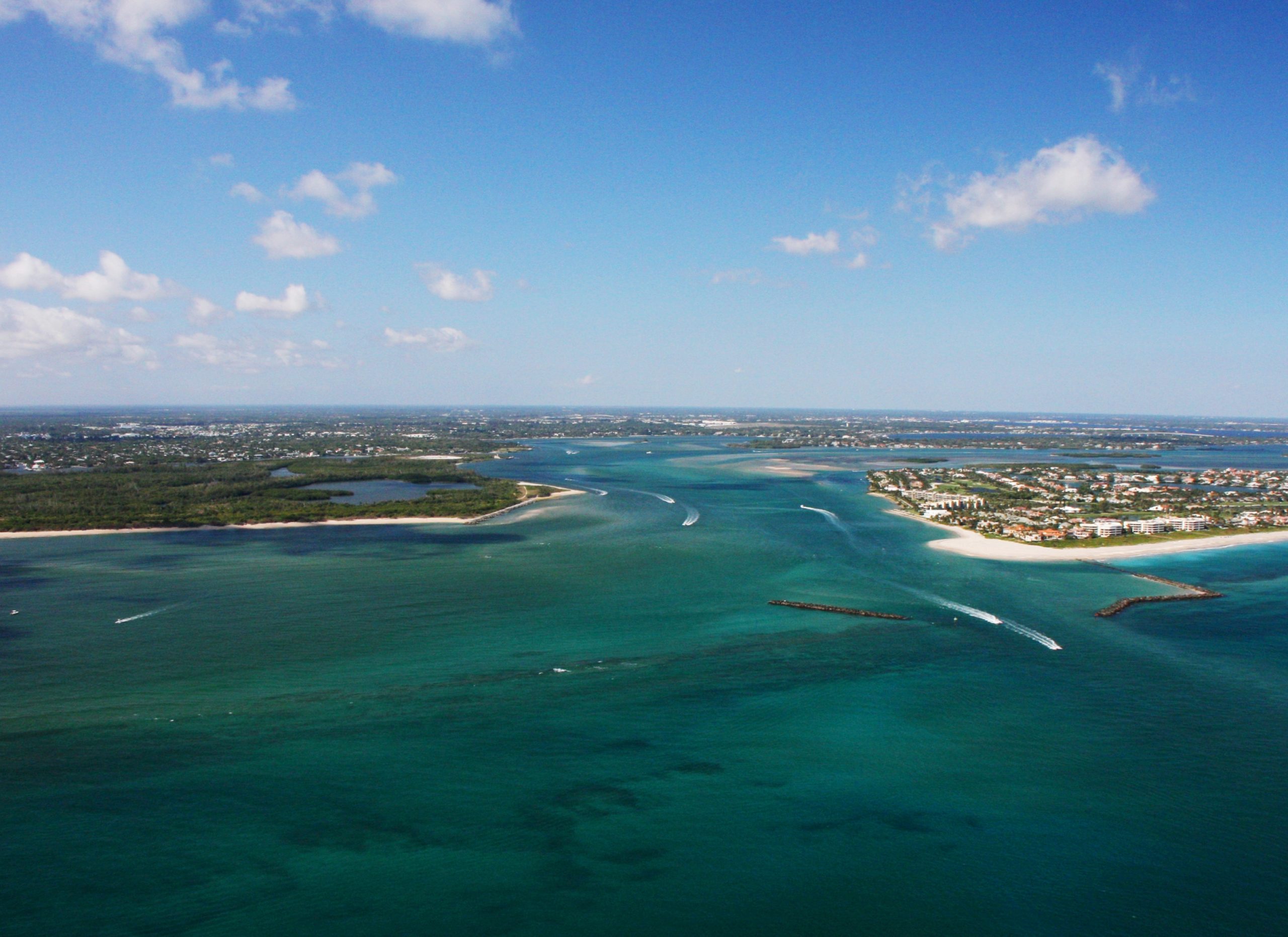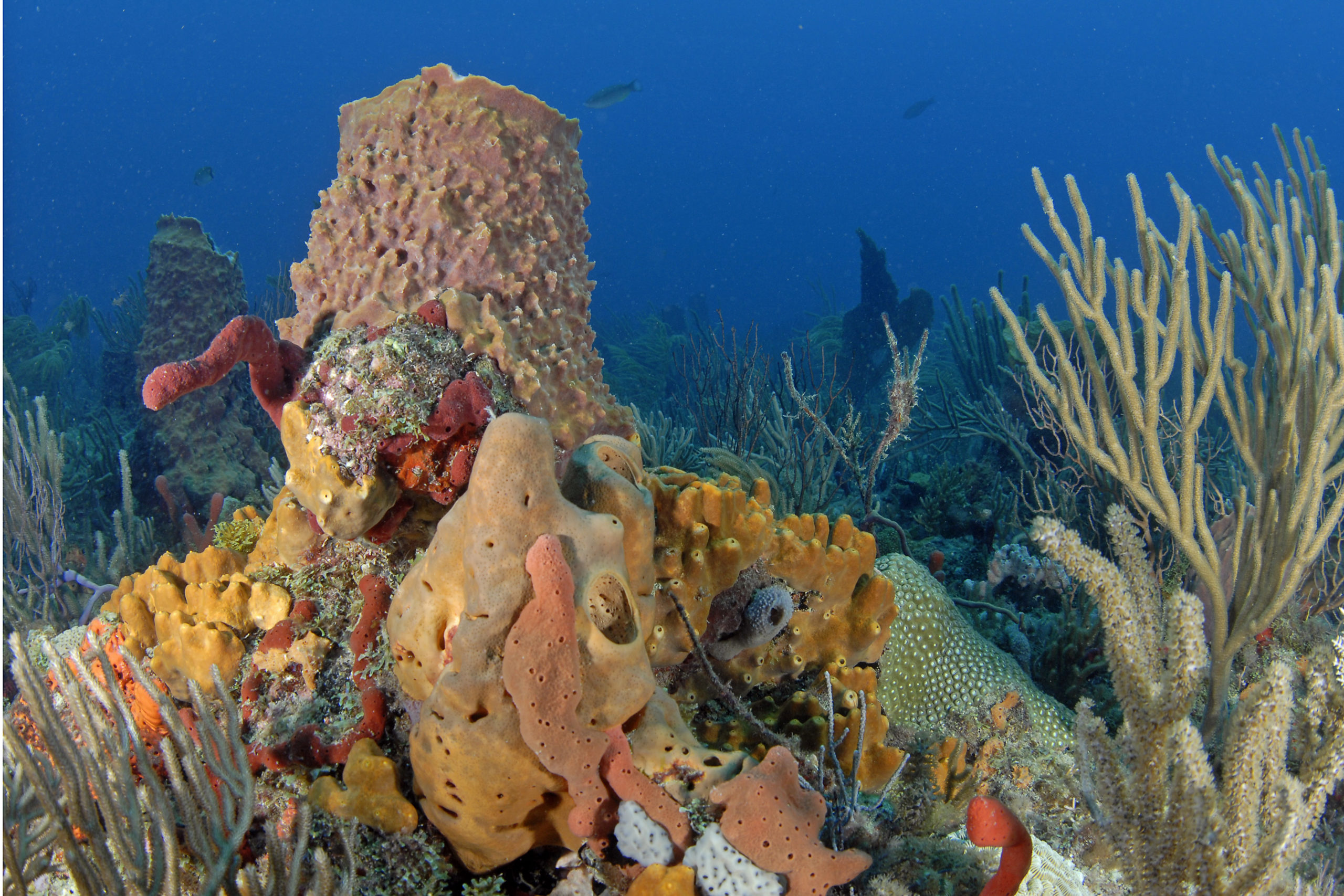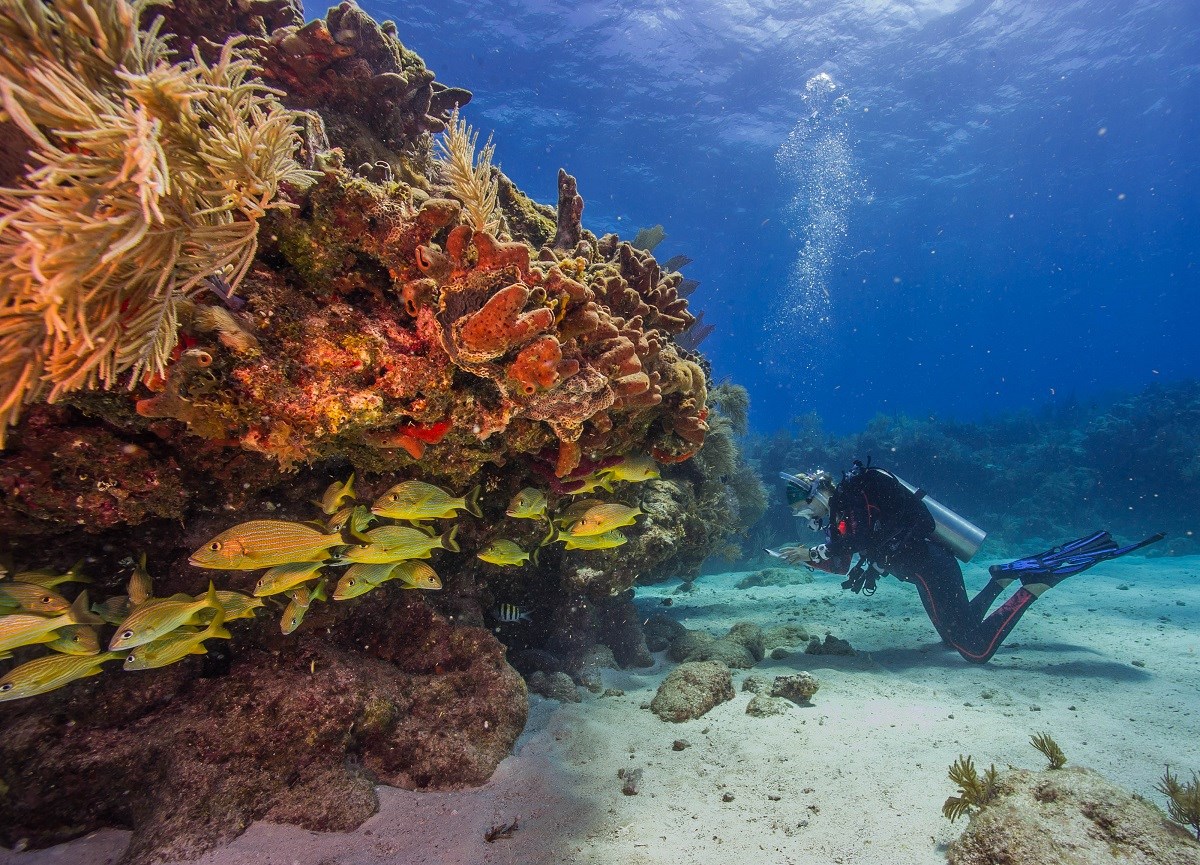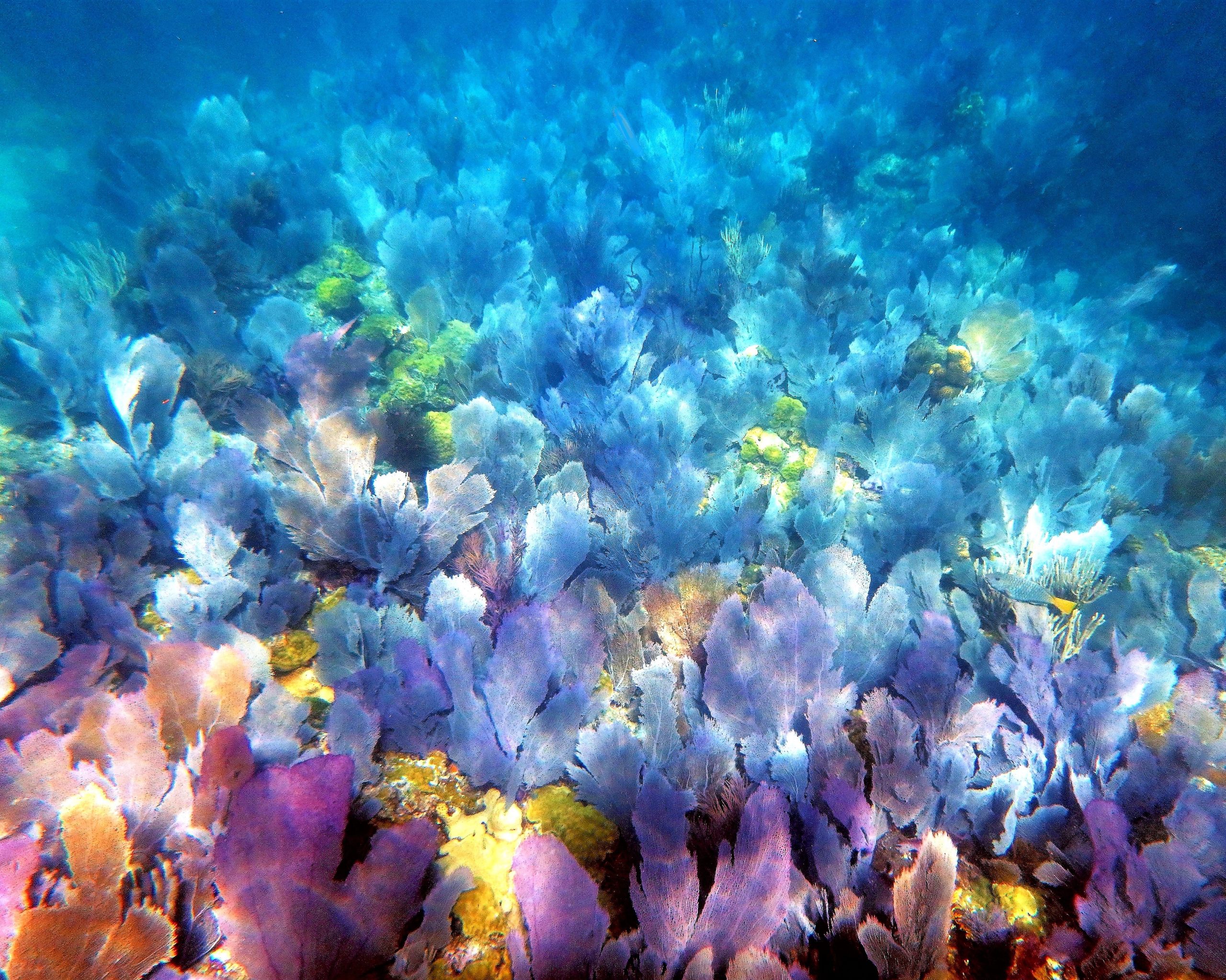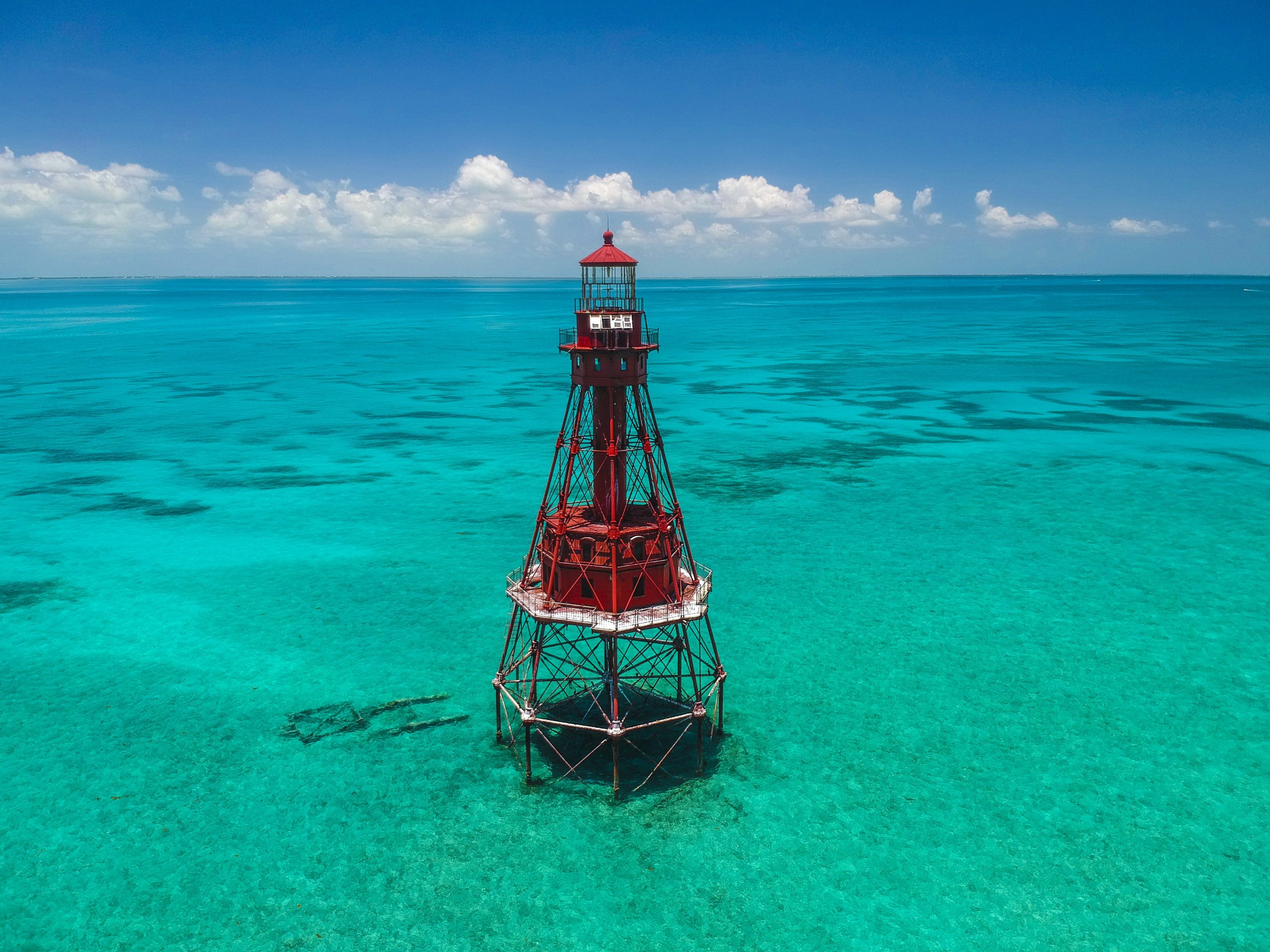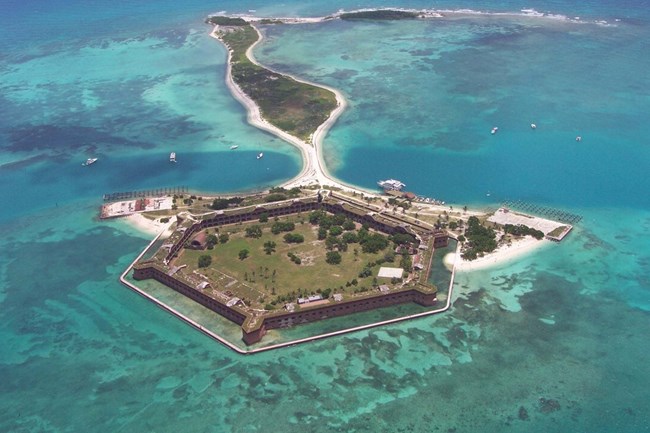News & Updates
Confessions of a Coral Spawning Scientist
Written by: Keri O’Neil, Manager & Senior Scientist, Coral Conservation Program at The Florida Aquarium’s Center for Conservation
The first time I witnessed coral spawning was in 2007, just off the coastline of Puerto Rico on the healthiest patch of elkhorn coral I have ever seen. It is now 2020, almost exactly 13 years from that first coral spawning trip with SECORE International, and the level of excitement and anxiety leading up to the full moon of August is just as palpable now as it was then. It was on that same trip to Puerto Rico that I was told how risky it was to study coral reproduction, and that the chance of failure was very high. It’s a good thing I didn’t let that influence my life choices, but I also wholeheartedly believe these assumptions to be true.
I currently manage the Coral Conservation Program at The Florida Aquarium, where we have in the last four years successfully raised ten species of Florida coral from sexually produced larvae. In full disclosure, I never imagined the level of success our team would have been able to achieve in such a short time frame. This is really hard stuff; you don’t get many opportunities to practice or a lot of room for mistakes as most species only spawn once per year. I often say, “Imagine how long it would take you to learn how to ride a bike if you could only practice once a year.” Spawning is like that; if something goes wrong, literally the only thing you can say is “Better luck next year!”

In August 2020, we were looking to successfully spawn the Atlantic pillar coral for the second year in a row using lab-induced spawning techniques. That simple little term – lab-induced spawning – is actually way more complicated than it sounds. It relies on a computer control system that mimics sunrise/set, moonrise/set, solar intensity, lunar intensity, and temperature changes over the course of an entire year. This is the point where most people zone out and stop paying attention, but as a coral spawning scientist your life revolves around these cycles. Friends and colleagues are often surprised when I quote the date of a full moon in casual conversation, or how I can possibly know that I won’t be able to make a wedding in August 2022 (um…doesn’t everyone know that most corals spawn in August?).
So as we gear up for a coral spawning event, it is actually the culmination of a year of planning, calculating, programming, adjusting, and extremely careful husbandry and monitoring. Choices made months beforehand can impact the spawning event, down to whether or not it even happens at all. There is really nothing else to do in the final hours other than watch and wait. A lot of things run through your head during this time. Did that power outage back in April mess everything up? Did we feed them enough? We left the room light on three weeks ago…does that matter? Has our lost Fed-Ex shipment arrived yet? If they don’t spawn…what will we do?
Our lab-induced pillar coral spawning in August of 2019 was massive and highly synchronized, with corals in two separate aquariums spawning at the same time. The parent corals were fragments collected from Florida’s Coral Reef before they were lost to stony coral tissue loss disease. Many of these fragments represent corals that are no longer alive in the wild, and their best chance to contribute to a future population lies in lab-induced spawning and ex situ rearing – no pressure at all! In all seriousness though, I truly believe that this technique can produce thousands of healthy offspring in a highly controlled and predictable way. Corals that once lived over 100 kilometers apart at opposite ends of Florida’s Coral Reef can now reproduce with each other efficiently; but even though it worked the first time, there is still something to be said for showing it was not a “fluke,” and that this can be reliably done year after year.
So on August 4th, 114 minutes after the programmed “sunset” (which happens in our lab at 11:53 am and really just means this is when the lights go off), one male pillar coral spawned followed by two females within 5 minutes. We did not have any successful fertilization (corals really don’t make it easy!). Just because you have male and female gametes does not mean they will be compatible, and even small differences in the concentration and quality of sperm can make huge differences in success. During instances like this, the worry begins creeping back in your mind. Despite all the preparation and planning, things can still go awry after the spawning.
The following day, on August 5th, two male colonies released sperm 92 minutes after the lights went off. One of these colonies was collected from northern Miami-Dade County very early on during the outbreak of stony coral tissue loss disease. Two additional males spawned in the next five minutes, followed by seven females in the following 12 minutes. Everything happens so quickly and there is this beautiful, blissful moment when you pause and realize it worked, and you just take in the wonder of this event. Even though we planned it we really have no idea how corals know it is time biologically; it’s a strange juxtaposition. Despite that, an overwhelming sense of relief occurs as you realize the ultimate sign that the corals are healthy and happy, that the programming was correct, and that none of the multitude of minor changes or decisions over the last year have thrown them off. The 300-gallon aquarium begins to look akin to skim milk, filled with tens of thousands of tiny eggs and billions of sperm cells produced from only a handful of coral fragments.

The moment of relief is fleeting, as now the process of egg collection, embryo rearing, and larval settlement begins. Our amazing team of six humans (which has grown from the two humans we had in 2016) jump into action and spend the next week taking these precious eggs through many stages of development and settlement until they become tiny coral primary polyps that are ready to grow in one of our rearing aquariums.
After the dust settled, I had a chance to compile the data on the corals that spawned and reached out to our amazing partners at Keys Marine Laboratory and Nova Southeastern University, who originally started this project to collect and rescue threatened pillar corals from the reef and bring them into safekeeping. At the time, we had no idea lab-induced spawning was even possible, but we knew that by saving fragments from as many coral colonies as we could that we would at least have a chance to save the species from local extinction due to stony coral tissue loss disease. On the morning of August 19th, I checked my email and received a message from Dr. Cindy Lewis and Dr. Karen Neely that brought tears to my eyes: only one tiny piece of the 11 pillar corals that were rescued from the reef and later spawned in our aquarium is alive in the wild. All the other parents would be gone forever if it was not for the passion, dedication, faith, and hard work of everyone working on the Pillar Coral Genetic Rescue Project. Now these coral fragments, along with hundreds of others in archive at Frost Science, Coral Restoration Foundation, Reef Renewal, and Hollings Marine Laboratory/NOAA National Ocean Service, have a fighting chance at survival in Florida and will contribute to the future population for years to come. It is days like this that make the long nights, risky decisions, unpredictable outcomes, and questions in the back of your head all worth it. Coral spawning scientists are a special breed of person, with a determination and dedication to their craft on par with elite athletes. It is the willingness to tackle the hardest of challenges (with perhaps the greatest level of patience) and an innate inability to accept failure that drives us to understand one of the most magical and critical processes on the reef.
